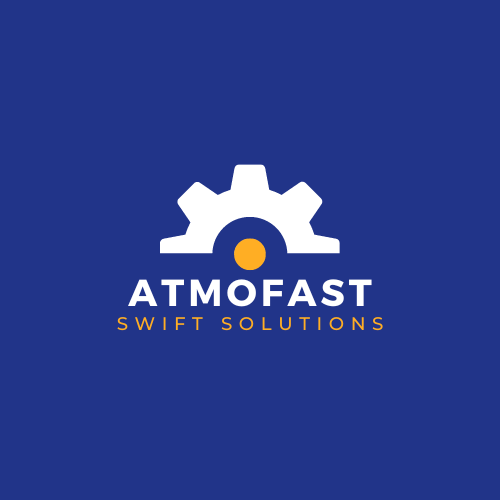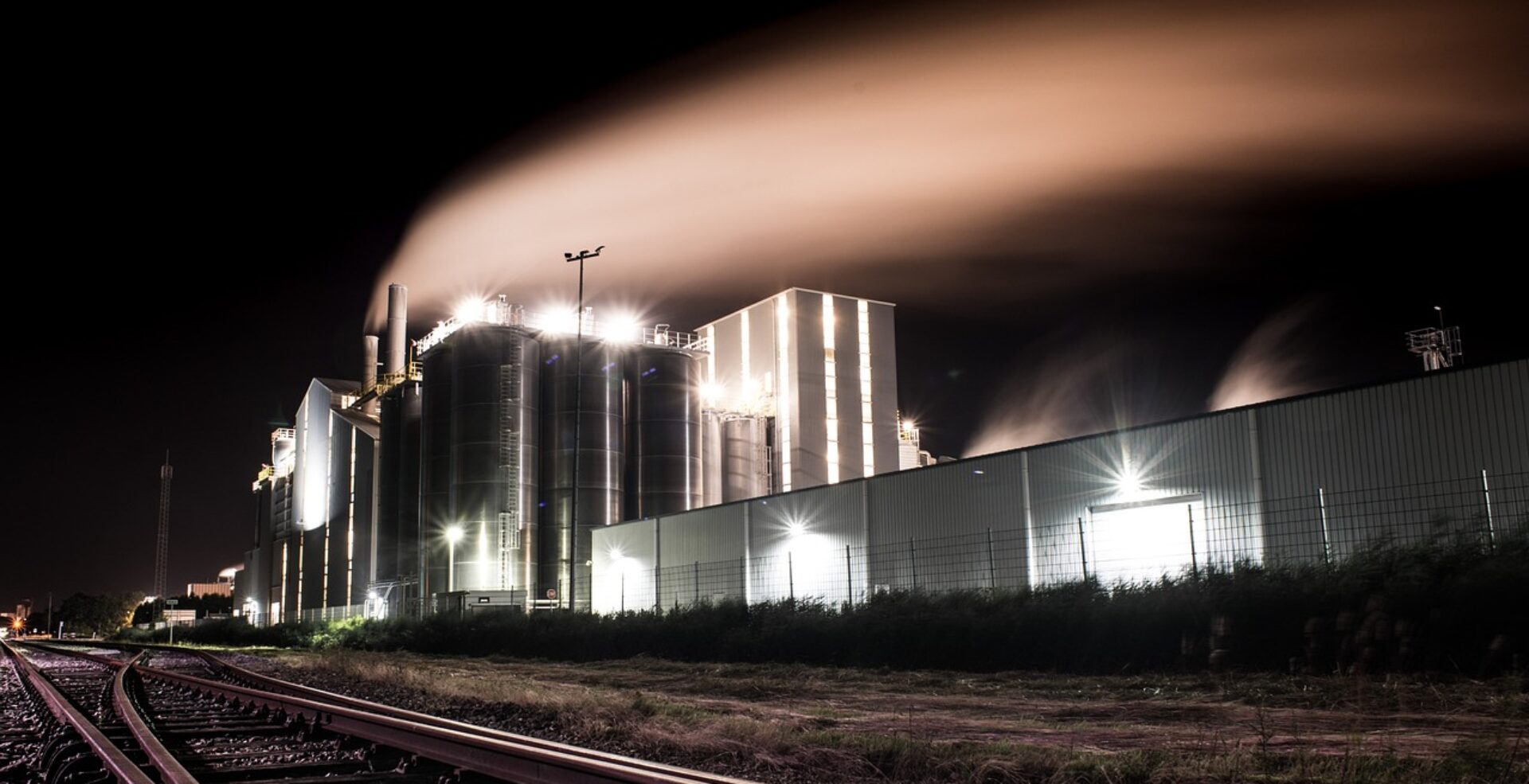High-Pressure Water Mist vs. Gas-Based Fire Suppression Systems: A Comprehensive Comparison
High-Pressure Water Mist Fire Suppression System
Advantages:
- Eco-Friendly: Utilizes water, which is safe for the environment and non-toxic.
- Rapid Response: Activates swiftly without necessitating evacuation.
- Cooling Effect: Effectively cools the fire and surrounding area, reducing the risk of re-ignition.
- Water Efficiency: Uses much less water compared to traditional sprinkler systems, minimizing water damage.
Applications:
- Machinery Spaces
- Data Centers
- Industrial Oil Cookers
- Shipboard Cabins and Corridors
- Road Tunnels
Pros:
- Occupant Safety: Safe for use in occupied spaces without health risks.
- Versatility: Effective against various types of fires.
- Minimal Water Damage: Reduces potential water damage to property and assets.
Cons:
- High Initial Investment: Installation can be costly due to the need for high-pressure equipment.
- Maintenance Needs: Requires regular maintenance to ensure optimal performance.
Materials:
- Piping: Typically made from stainless steel (AISI 304 or 316) for high-pressure systems.
- Nozzles: Constructed from stainless steel or brass.
- Water Supply: Uses potable water that is colorless, odorless, and non-corrosive.
Requirements:
- High-Pressure Water Supply: Necessary to achieve the fine mist required for effective suppression.
- Regular Maintenance: Ensures the system remains effective and reliable.
Cost:
- Installation: Higher due to specialized equipment.
- Maintenance: Regular upkeep is essential.
Lifespan:
- Durability: Long-lasting with proper maintenance.
Gas-Based Fire Suppression System
Advantages:
- Residue-Free: Leaves no residue, making it ideal for protecting sensitive equipment.
- Effective in Sealed Spaces: Works well in airtight environments.
- Quick Suppression: Rapidly extinguishes fires by displacing oxygen.
Applications:
- Data Centers
- Telecommunications Facilities
- Archives and Museums
- Electrical Rooms
Pros:
- No Water Damage: Eliminates the risk of water damage.
- Equipment Safety: Ideal for protecting electronic and delicate equipment.
- Fast Activation: Quickly suppresses fires.
Cons:
- Toxicity Risk: Some gases can be harmful to humans.
- Evacuation Required: Typically requires evacuation before activation.
- Cost: Can be expensive to install and maintain.
Materials:
- Agent Storage Containers: Usually made of steel.
- Piping: Made from steel or copper.
- Nozzles: Constructed from brass or stainless steel.
- Fire Detectors and Control Panels: Comprise various electronic components.
Requirements:
- Room Integrity: Ensuring the protected area is airtight to contain the gas.
- Regular Maintenance: Includes checks and refills of the gas agent.
Cost:
- Installation: High due to the need for airtight environments and specialized equipment.
- Maintenance: Regular checks and refills are necessary.
Lifespan:
- Durability: Long-lasting with proper maintenance.

